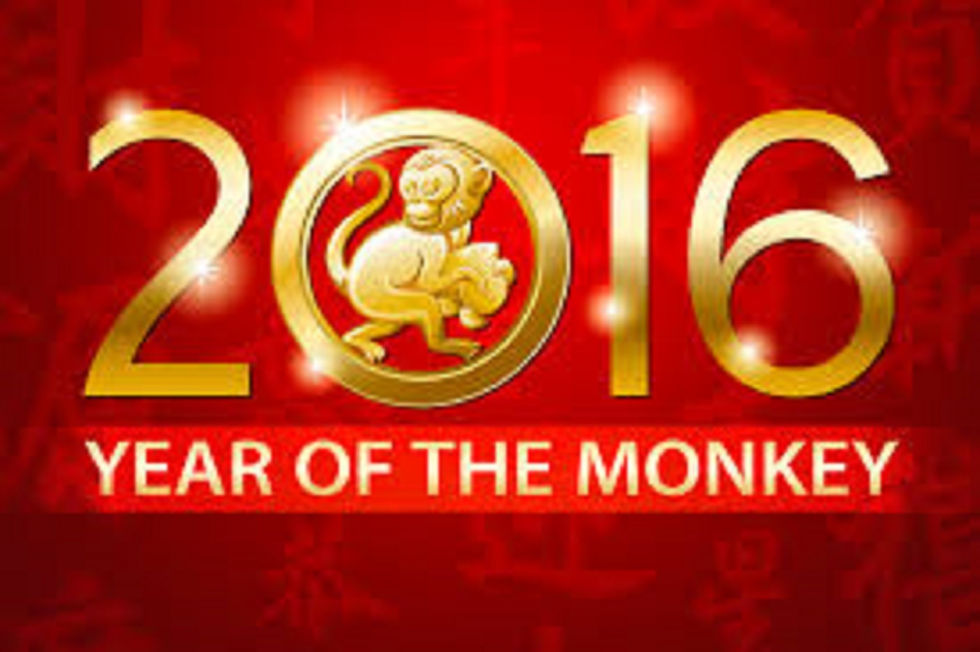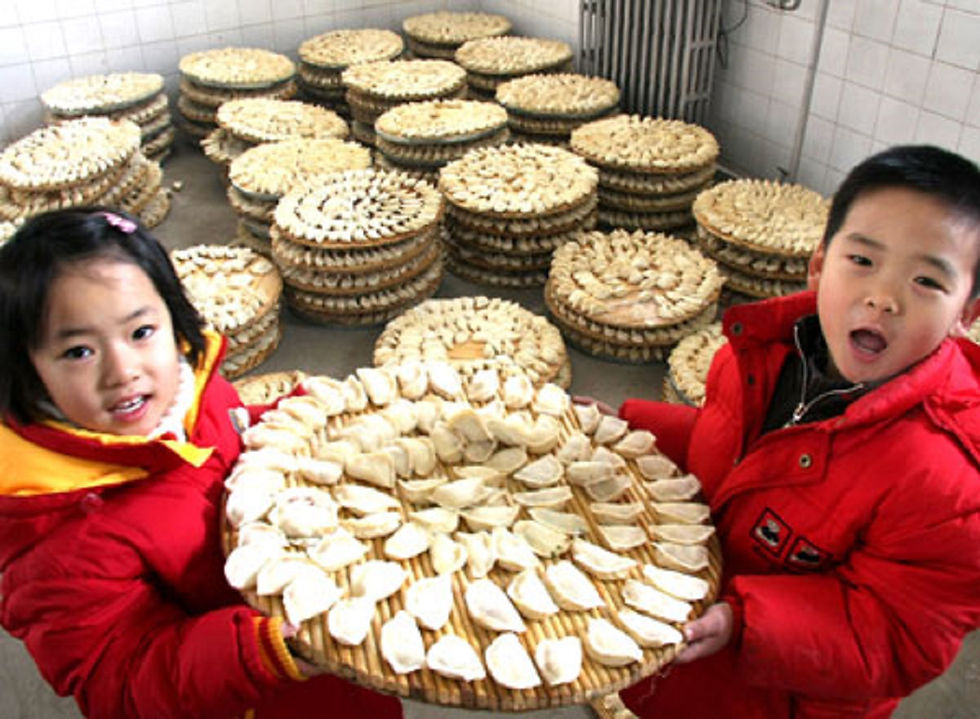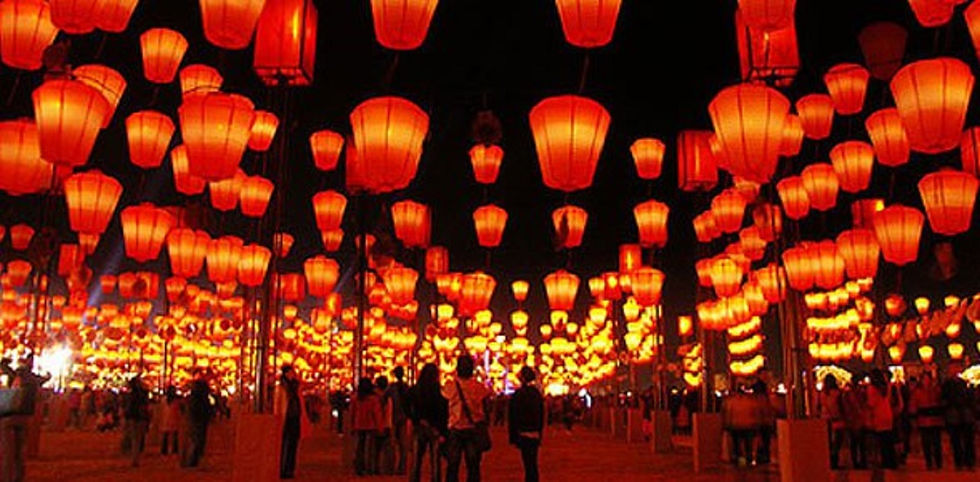The Chinese New Year (also known as the Lunar New Year) is upon us, and 2016 is the Year of the Monkey! In Chinese astrology, animal symbols are associated with one’s birth year and are believed to have a profound influence on one’s personality and destiny.

According to Chinese culture, it is believed that those born during the year of the monkey are adventurous, optimistic and always willing to help others! Monkey signs tend to be quick-witted, curious, playful and also mischievous! Learn more about the monkey or find out about your sign here.
Beginning on February 8 and and continuing for fifteen days, tradition and celebration will take place across the globe signifying the start of the 2016 Chinese New Year. See this collection of photos from CNN for how people around the world are preparing for the Year of the Monkey!
Below are some the Chinese New Year traditions that occur during this celebration:
Cleaning
Shortly before the Chinese New Year, families do a thorough cleaning of their homes and belongings, symbolic of removing the old and welcoming the new. Historically, when bathing did not occur often, people would normally take one to welcome the New Year.
New Year's Eve Dinner
This important dinner marks the beginning of the Chinese New Year and usually takes place at home, bringing extended family together. During the dinner, many dishes are served, but fish and dumplings are always served as they both represent prosperity.

Day 5 of the New Year: Welcoming the Gods of Wealth and Prosperity
On the fifth day of the New Year when many people have to start going back to work, they will also have the Dancing Dragons perform in the front of the office building. Chinese people believe that the gods of prosperity come down from the heavens on this day and they will also have a lot of dancing dragon performances, as the dragon represents prosperity, good luck and good fortune. Businesses will often setting off firecrackers as they believe it will bring them prosperity and good fortune for their business.
Red Packets
The color red denotes good luck/fortune and happiness/abundance in the Chinese Culture and is often worn or used for decoration in other celebrations. During Chinese New Year, adults give red envelopes to children or unmarried adults with no job. The symbolism of the red packet suppresses the evil from the children, keeping them healthy, and giving them a long life.

Lantern Festival – Day 15
On the last day of the New Year is the Lantern Festival which is to be held on the 15th night. The lanterns are almost always red to symbolize good fortune and symbolize the people letting go of their past selves and getting new ones,which they will let go of the next year. On the 15th day, every household eats yuanxiao (a rice ball stuffed with different fillings) on that day, it is called Yuan Xiao Festival.
If you’re interested in learning more about China and its people and traditions, consider joining Global Family Travels on one of our immersive family-friendly tours to China!
